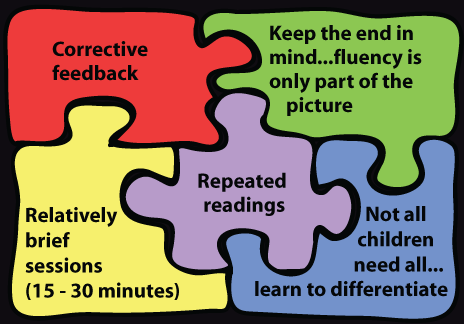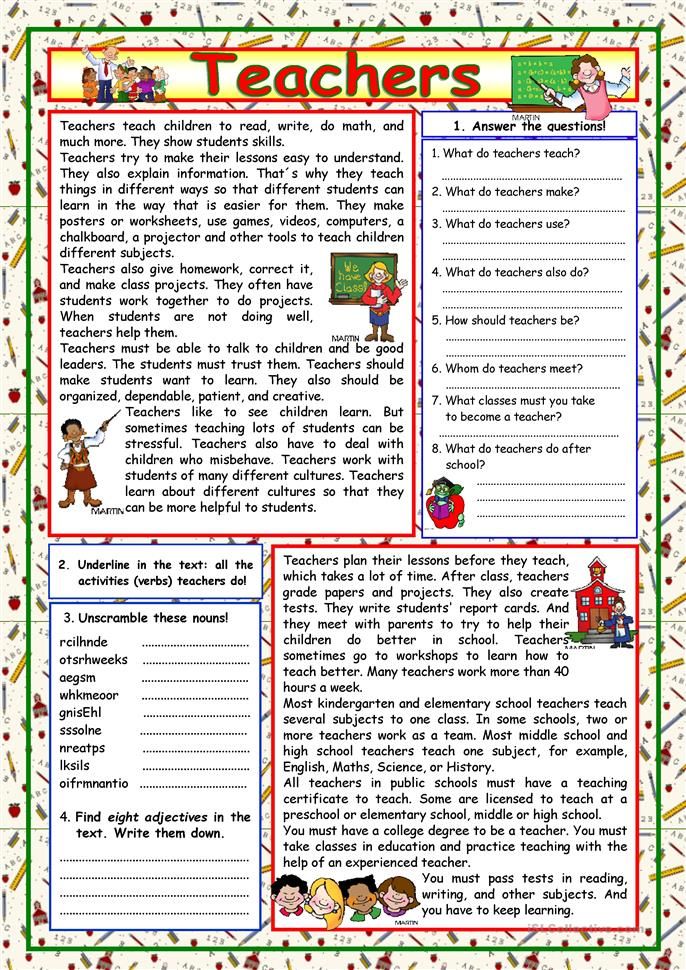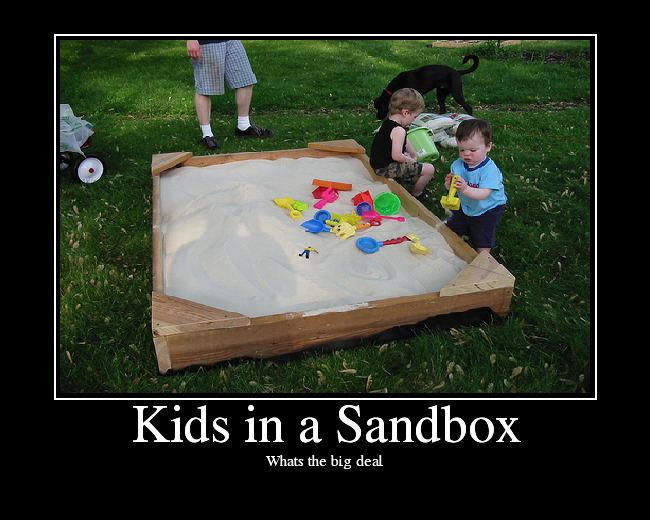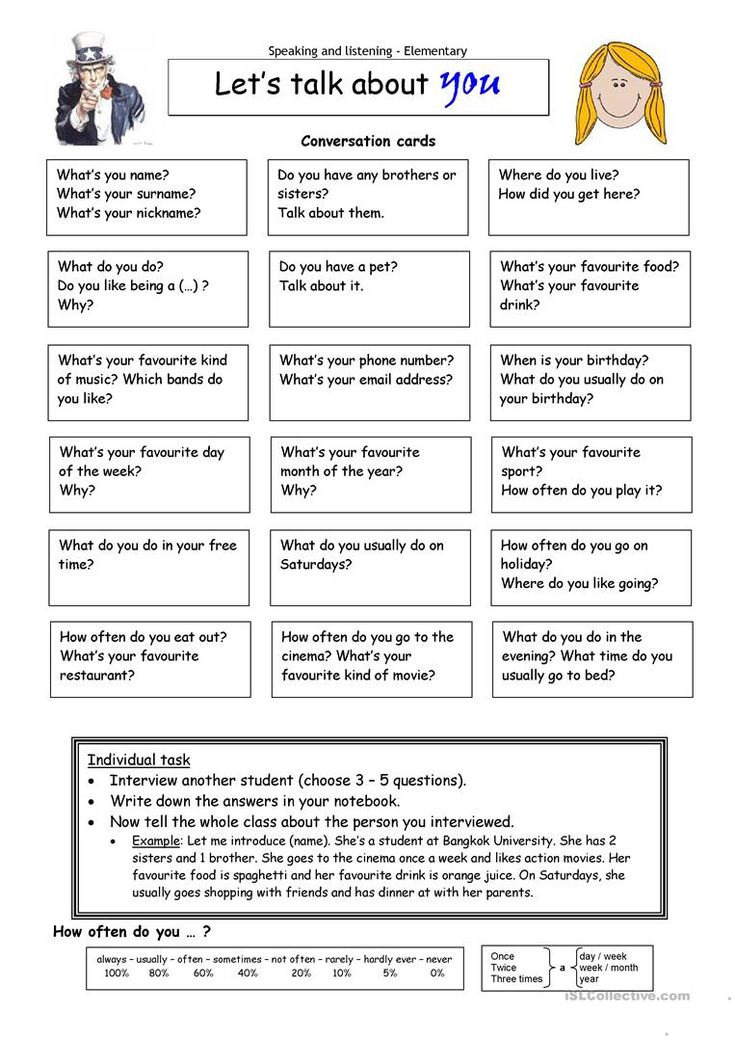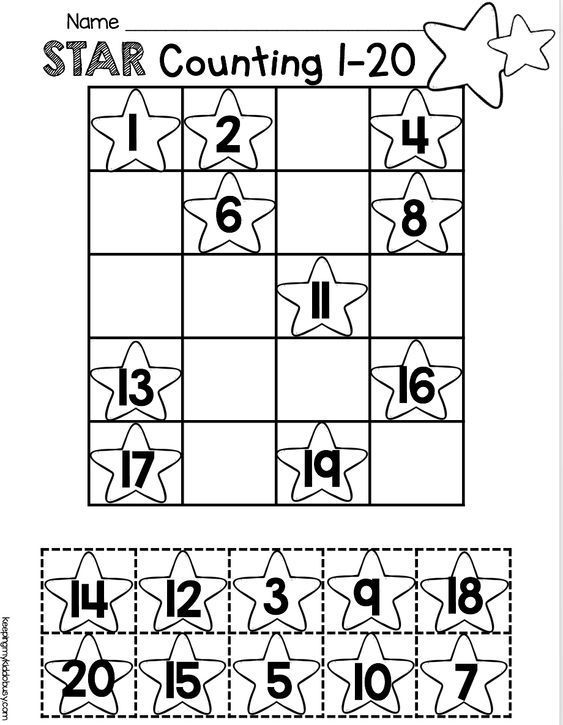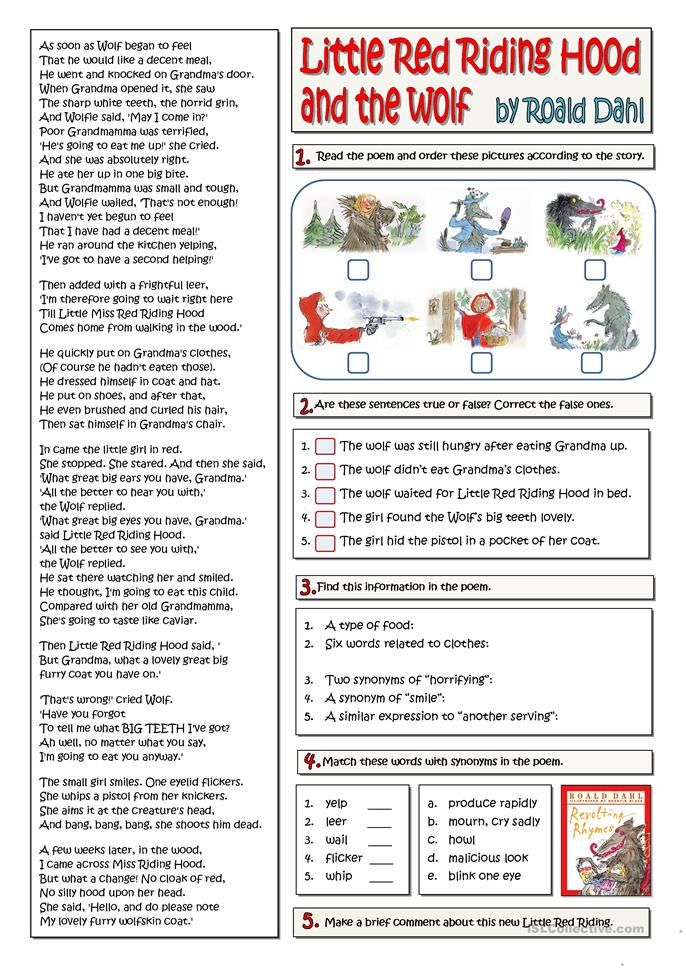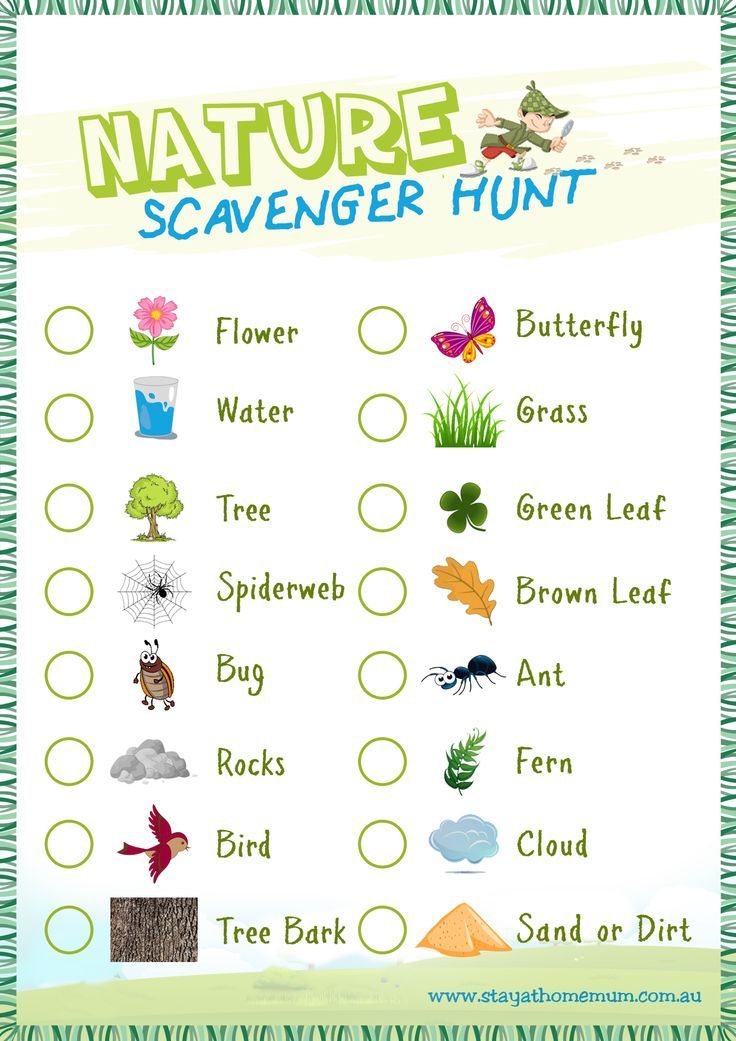Playing with others
The 6 Stages of How Kids Learn to Play
Play is all about having fun! Any activity, organized or unstructured, your child finds fun and enjoyable is considered play. But play is much more than just a fun activity for your child! As a child grows they go through different stages of play development.
While playing, children learn and develop important skills they will continue to use throughout their lifetime.
Problem solving, creativity, and willingness to take risks are just a few of the skills developed through play.
Is your child under 2 years old? Enter your baby’s birthday to get weekly activities to help meet developmental milestones.
Children who use their imagination and ‘play pretend’ in safe environments are able to learn about their emotions, what interests them, and how to adapt to situations. When children play with each other, they are given the opportunity to learn how to interact with others and behave in various social situations.
Learn more about your child’s social-emotional development.
Be sure to give your child plenty of time and space to play. There are 6 stages of play during early childhood, all of which are important for your child’s development. All of the stages of play involve exploring, being creative, and having fun. This list explains how children’s play changes by age as they grow and develop social skills.
Unoccupied Play (Birth-3 Months)At this stage baby is just making a lot of movements with their arms, legs, hands, feet, etc. They are learning about and discovering how their body moves.
Solitary Play (Birth-2 Years)This is the stage when a child plays alone. They are not interested in playing with others quite yet.
Spectator/Onlooker Behavior (2 Years)During this stage a child begins to watch other children playing but does not play with them.
Parallel Play (2+ Years)When a child plays alongside or near others but does not play with them this stage is referred to as parallel play.
When a child starts to interact with others during play, but there is not a large amount of interaction at this stage. A child might be doing an activity related to the kids around him, but might not actually be interacting with another child. For example, kids might all be playing on the same piece of playground equipment but all doing different things like climbing, swinging, etc.
Cooperative Play (4+ Years)When a child plays together with others and has interest in both the activity and other children involved in playing they are participating in cooperative play.
Watch to see what the six stages of play can look like:As your child starts playing with family members and friends, make sure to teach them about sharing and winning and losing.
Play starts when we are babies, but it does not stop there! Including play in your child’s daily routine and giving them time to play is important for their development at every age. These stages are general guidelines for what to expect of your child’s play skills, but remember every child is different and if you have concerns bring them up with your healthcare provider.
Your child makes a lot of changes as they grow. Learn more about how play can change as your little one does.
- How to Play with Blocks at Every Age
- Stages of Peek-a-boo
Sources
PFO Videos
PFO and Spoken Word
Spoken Word is a powerful way to teach teens that they can take their voice and through poetry, inspire and move others. Each season, new pieces are created and focus on gratitude for individuals and groups of people, along with social justice issues.
Opportunities include:
- Commissions, want to honor someone of your choosing through Spoken Word, or gift someone a poem? Poems can be commissioned, written, and performed based on your desired content.
- Customizations, current poems can be customized to fit your content specifications to best reflect your experiences, passions, and wishes.
- Sponsorship, Sponsorship opportunities are available for singular poems, multiple poems, or a full show. Sponsorships are available for both personal and corporate use.
Want to talk about possibilities? Fill out this interest form – and let’s connect!
Videos
“LITTLE THINGS” “EDUCATION”“PIVOT”“SHIFT CHANGE”“EMPATHS”“ALLYSHIP”“SOCIAL MEDIA”“GRATITUDE FOR DOLLY PARTON”“GRATITUDE FOR DOLLY PARTON” – LIVE“GRATITUDE FOR HEALTHCARE WORKERS”“ON OTHERING”“ACTIVIST”“QUEERNESS”Behind the Scenes
Teens began learning these Spoken Word pieces in September of 2021, and had the chance to perform them on tour and record them in spring of 2022. We are so pleased to be able to share all of their incredible work with you!
Recorded by Charlotte Star Room
Edited by Jeremy Cartee
Written by Carlos Robson
Family Tree - Strong friendship will not break. How to teach a child to play with other children?
How can you develop independent play and help your child learn to play with other children? We deal with the psychologist, game teacher Alexandra Romanova.
Space for relationships
Play is a space for relationships and a means for children to communicate with their parents and with each other.
From a very early age, from infancy, the bond between parent and child is formed through playful interaction. We make faces at the baby, play peek-a-boo, include nursery rhymes and songs in communication, and practice bodily-motor games. This is where the relationship with the mother begins, who later offers the baby to play with different objects: rattles, rodents, cubes, pyramids, demonstrating their properties.
Early age
It is material objects that gradually allow children to communicate with each other. Two toddlers who have just learned to walk and know only a few words are already able to communicate, revealing similarities: “We are somewhat similar. I'm the same as you. I like the same subjects as you. Let's do something together." Kids like to beat the same rhythms with a hammer, take turns rattle rattles, roll the ball to each other. Recognize yourself in others. Thus they take pleasure in imitating the other and in mirroring each other.
Early age is accompanied by the following features:
- inability to put oneself in the position of another, egocentric thinking;
- low affective control, poor emotion regulation and small attention span;
- perception of a toy as a part of personal space, merging with an object.
Therefore, it is so difficult for children under 2 years of age to build a game without the participation and regulation of adults. At this age, a child can not always calmly share a toy. Don't want to give up? So it's not time yet. This is not greed - this is a feature of the psyche. It is not necessary to overcome this by force.
Preschool age
After 3 years of age, the child's self-regulation increases, interest in peers awakens, and children are sometimes able to share and change toys, as the desire to play with each other becomes stronger than attachment to things.
The game is the strongest motivation, the child learns to negotiate and maintain contact with children in order to continue the game. I noticed this in my own son. He learns to negotiate with other guys, because he really wants to play. And this desire to play with others (and not with mom or caregivers) turns out to be a strong incentive to restrain emotional reactions, behave calmly and try to resolve the conflict before it turns into a major quarrel.
In general, children are most interested in playing with their peers. After all, they perceive time, meaning, images of the game differently than adults. You can’t portray it in any way, you can’t fake it - the child always feels that an adult has to “pretend” for the duration of the game.
In the case of preschool children, the main thing for adults is not to interfere unnecessarily. You can give accurate comments and suggest a line of development as if from within the game. You can not break the magic of the game and replace the game of children with their own ideas about how it should look like.
Watching children play, we can carefully suggest a plot, materials, a new space. But do not dictate terms and conditions. In the event of a quarrel and disputes, you can solve problematic issues and again retire into the background. Parents are carriers of a cultural model, they suggest how to behave so that communication goes in a positive direction. It is important not to point out "right" and "wrong", not to go overboard with control, acting out of empathy for the child's emotions.
School age
At school age, from about 7–10 years old, interpersonal relationships become important for a child. Children at this time are focused on friendship and want to become full-fledged representatives of the children's subculture, within which everyone exchanges activities, interests and experiences, bypassing adults.
At this time, the child already has a strong enough motivation for personal success in games, relationships and studies. The role-playing game gradually turns into a game with rules.
The task of parents during this period is to ensure that justice prevails, that the rules apply to all participants equally. This does not mean that you need to interfere in the game and set adult rules. No, you need to follow the children's rules, supporting their implementation by all participants in the game. Yes, we encounter rivalry and jealousy when conflicts flare up. Here it is better not to scold the child, but to help him express his feelings, cry or get angry, so that later he can return to the game and reach an agreement.
Parent support
A child learns to play with the support of a caring parent. Sometimes it's easy and fast. Some children take longer to adjust than their peers.
But someday they all get out of the vicious circle "I want to play with my mother - it's boring with my mother - I don't want to play with other children."
Now, when I come to the playground or visit our friends, I can more easily watch my son play with other children from afar, without resorting to every minute remarks and control. Fortunately, children's desire to play turns out to be stronger than shyness, fear, or "possessive" attitude towards toys.
Based on the course of psychologist, game teacher Alexandra Romanova "Games played by children... and not only".
Why should a dog play with other dogs and with humans?
Most of the dogs love to play, and you have to play with them, the main task is to choose the right games. Why should a dog play? To answer this question, we must first understand what games dogs play.
There are 2 main types of games: games with fellow tribesmen and games with a person.
Playing with other dogs
I think that playing with fellow dogs is simply necessary when a puppy grows up, because, like a person, he needs to get acquainted with representatives of his species, understand that there are different dogs, that the Russian borzoi, bulldog and Newfoundland Those are also dogs.
Most often, the puppy easily identifies as dogs of fellow tribesmen who look about the same as him. For example, my Airedale came to me at 2.5 months, and after that I saw the first Airedale Terrier at 6 months. He recognized him among all the other breeds at the show and was wildly happy! That is, if we are talking about terriers, most likely they will quickly and easily find contact with other terriers or schnauzers similar to them (also bearded dogs of a square format).
In the photo: dogs playing with each other
and flattened muzzle), in adulthood will experience difficulties in communicating with them. Especially considering the specifics of these dogs: because of the flattened muzzles in the heat or when they are very excited, they grunt and squeak. And the other dog may decide that this grunt is a growl. And what to do if they jump on you with a growl? Of course, defend or attack!
Very often the owners of brachycephals complain that other dogs attack their pets right from the approach, although in ordinary life and with other dogs the "aggressors" behave calmly and do not even mind playing - often the explanation for such reactive behavior lies on the surface and lies in the fact that the third-party dog was not familiar with the peculiarities of communication with brachycephals. Therefore, I would recommend both the owners of brachycephals to give their pet the opportunity to communicate with other dogs in puppyhood, and the owners of other dogs to introduce their four-legged friends to such “strange” relatives.
The same applies to representatives of black or shaggy breeds, native breeds (for example, huskies, basenjis, malamutes) or representatives of “folded breeds”: black, shaggy or “folded dogs” are harder to read by other dogs Aboriginal breeds are often more impulsive and direct in expressing their attitudes and emotions. But learning to read the body language of these breeds is also possible. And it’s easier to do it gently and gradually, during the most favorable period for this in a dog’s life - the period of socialization, which is completed at 4-6 months.
In the photo: dogs playing with a ball
Playing with dogs is also necessary in order for the puppy to learn the rules of behavior of relatives, behavioral protocols: how to call the game correctly or avoid conflict, how strong the game bite should be how to understand another dog (she wants to play or intends to attack).
It happens that one dog flies up to play, and the second does not understand this and rushes into a fight. Or vice versa - the dog runs up with the obvious purpose of "nibbling", and the potential victim rejoices: "Oh, cool, let's play!"
What to do?
If we want to raise a dog whose world will revolve around us, and we will be the center of the Universe for the pet, naturally, we must observe the golden mean. You don’t need to stand in one place and watch how the dogs first play with each other, then they dig holes together, quarrel, chase passers-by, pull a cookie out of the child’s hands - this is not a very good option. I recommend that my students, especially during the period of socialization and maturation of the puppy (from 4 to 7 months), regularly meet with different dogs, but the experience should always be of high quality and positive.
This does not mean that the whole walk consists of communication and games with fellow tribesmen, in no case: spend 10 minutes with dog lovers - this will give the dog the opportunity to play and lose steam. Then take your pet, take a walk, work out for another 20-30 minutes, have fun together to explain to the dog that it’s fun with you too: although you can’t run as fast as the neighbor’s spaniel, you can easily be present with your voice or play tugs, have fun with a ball, play search games, play trick or obedience games. Then return to the dogs again for 10 minutes. It's a good beat.
Firstly, we give the dog the opportunity to socialize, and this is extremely important, since those who were deprived of communication with their fellow tribesmen during the period of socialization often face two types of behavioral problems as they grow older:
- Fear of other dogs
- Aggression towards other dogs (moreover, in 90% of cases, aggression occurs either when the dog is afraid, or when she has a negative experience of communication).
Secondly, we teach the dog that even when he is playing, the owner is nearby and he must watch him.
Subsequently, when our puppy is at a more advanced level of training and ready to work in the presence of dogs, I highly recommend coming to the run to work there and letting the dog play again as an encouragement.
Very often people tend to "run out" dogs. For example, if a pet destroys an apartment, they try to load it physically. But at the same time, even if the dog is exhausted on a walk, it continues to carry the apartment. Why? Because, firstly, mental and physical activity are different things (by the way, did you know that 15 minutes of mental activity is equivalent to 1.5 hours of full-fledged physical training?), and secondly, if our dog regularly rushes for ball or stick, the stress hormone enters the bloodstream (excitement from a fun game is also stress, positive, but stress) - cortisol. It is cleared from the blood within an average of 72 hours. And if we happily play with a stick or a ball with a dog every day for an hour, we do not allow cortisol to go out - that is, the dog is constantly overexcited, the stress level increases, the dog becomes more nervous and ... remember, we said that a tired dog may well continue to "kill" the apartment? Now it's clear why?
By the way, regular running out of the dog has one more hitch - endurance is also trained! And if this week we need to throw the wand for an hour so that the dog is “exhausted”, then next week we will already be throwing 1 hour and 15 minutes - and so on.
![]()
It's great that we are raising an endurance athlete, but this athlete with even more endurance will tear the apartment apart. I highly recommend teaching these dogs to relax so they can exhale, literally and figuratively.
If we start working with a puppy the moment he arrives at our house, if we work on positive reinforcement and the baby likes to exercise, and in parallel we give him the opportunity to communicate with dogs in sufficient quantities - by 9 months (and often and much earlier) the puppy begins to prefer the owner to other dogs. He is fed up with playing with fellow tribesmen, he understands that it is much more interesting and more fun with the owner. We can come up, say hello to the dogs, our pet will make a couple of circles, run up to the owner, sit down and say: “Well, now let's do something!” Great! This is what we needed. We fed two rabbits with one carrot: we didn’t deprive the dog of communication with relatives, and got a pet that loves to play with the owner more and consciously chooses to communicate with him.
In the photo: a dog playing with a man
There is one “but”. Athletes tend to limit the dog's communication with their own kind. This is logical, because if our dog understands that he receives encouragement only from the hands of the owner, and does not know the happiness of playing with relatives, he does not look for it. But personally, I think that if we take a dog, we must give it the opportunity to exercise all 5 freedoms - this is the basis, without which there will be no full-fledged respectful dialogue with our pet. And we must provide the pet with the freedom to carry out species-typical behavior, in this case, the possibility of positive communication with their own kind.
At the same time, if we are talking about athletes, most often they have several dogs in their family at the same time, so we cannot talk about real social deprivation. On the other hand, as in the human environment, a child living in a large family, of course, learns to communicate with his brothers and sisters, but it's great if he has the opportunity to learn how to interact with different children: cunning, modest, boring, brave, mischievous , honest, badass, etc. These are all lessons, and the lessons are very useful.
However, if we are talking about athletes, then everything is logical. It is much easier to develop a dog to perfect sports obedience when he does not know that you can look for entertainment "on the side." Naturally, if we explain to the dog that other dogs are fun and have the right to play with them, then, most likely, we will have to work more on the ability to concentrate in an environment with strong stimuli, that is, when other dogs are running around. But I think the game is worth the candle. I think it's very comfortable to have a dog that you can just walk with when you don't have the energy or the mood to exercise, and you don't have to run every dog a mile for fear that our dog might start a fight.
Dog-human games
If dog-human games are important, then dog-human games are essential.
It is in the game that we develop contact with a person, the desire to communicate, motivation, concentration of attention, switchability, work on the processes of excitation and inhibition, and in general we can build the entire training process, including the development of all the necessary skills. And the dog in this case loves to play, she is waiting for these games. She is convinced that she is playing, but in fact she is working hard!
With the help of games, you can correct problematic behavior, work on the basic states of the dog. If the dog is timid, shy, lack of initiative, constantly waiting for tips from the owner, games can help her overcome shyness, become more persistent and active.
There are many ways to play. Right now I have a dog with a fear of loud sounds in my work, among others - and we play: we teach that she can make terrible sounds herself, and these terrible sounds are rewarded.
The more a dog knows about the structure of the world, the more it understands about it, the more it can control it. And when we control the world, we command it, and it ceases to be scary.
In the photo: a dog playing with a person
There are a lot of games that we humans can play with dogs. Of the main areas, I would single out:
- games for the development of motivation (the desire to work with a person),
- games for the development of self-control (and this is the ability to keep oneself in paws at the sight of ducks on the shore or a running cat, at the sight of a child eating ice cream),
- games for the development of initiative if you can't put your paws down and try again and again),
- perfect call games,
- non-matching games,
- trick games,
- interactive boredom games,
- search games,
- shaping games (or guessing games),
- games for the development of fitness, balance and proprioception (proprioception is the feeling of the relative position of body parts and their movement in animals and humans, in other words, the feeling of one's body).
The fact is that most dogs do not understand well what their body is. For example, some do not know that they have hind legs.

